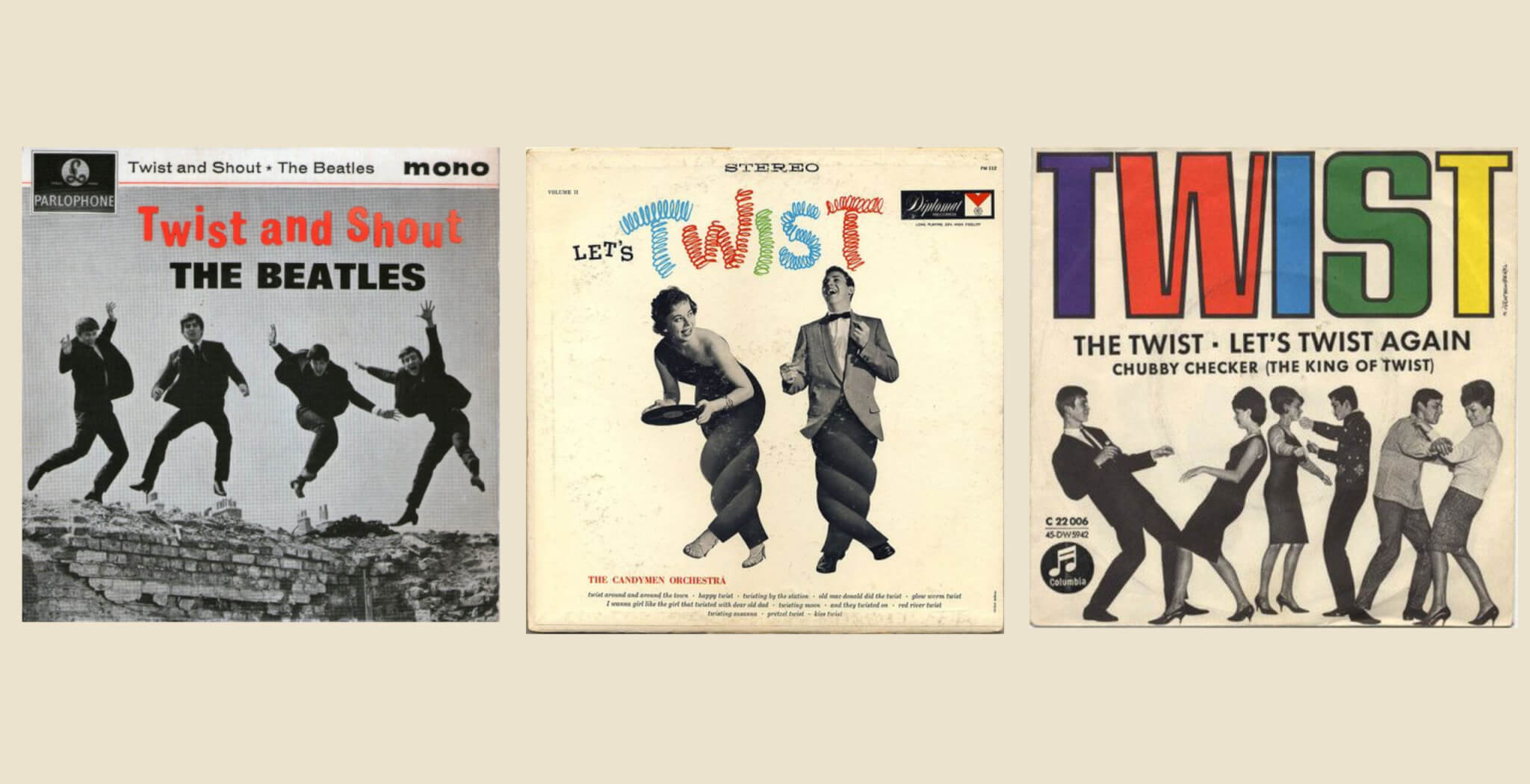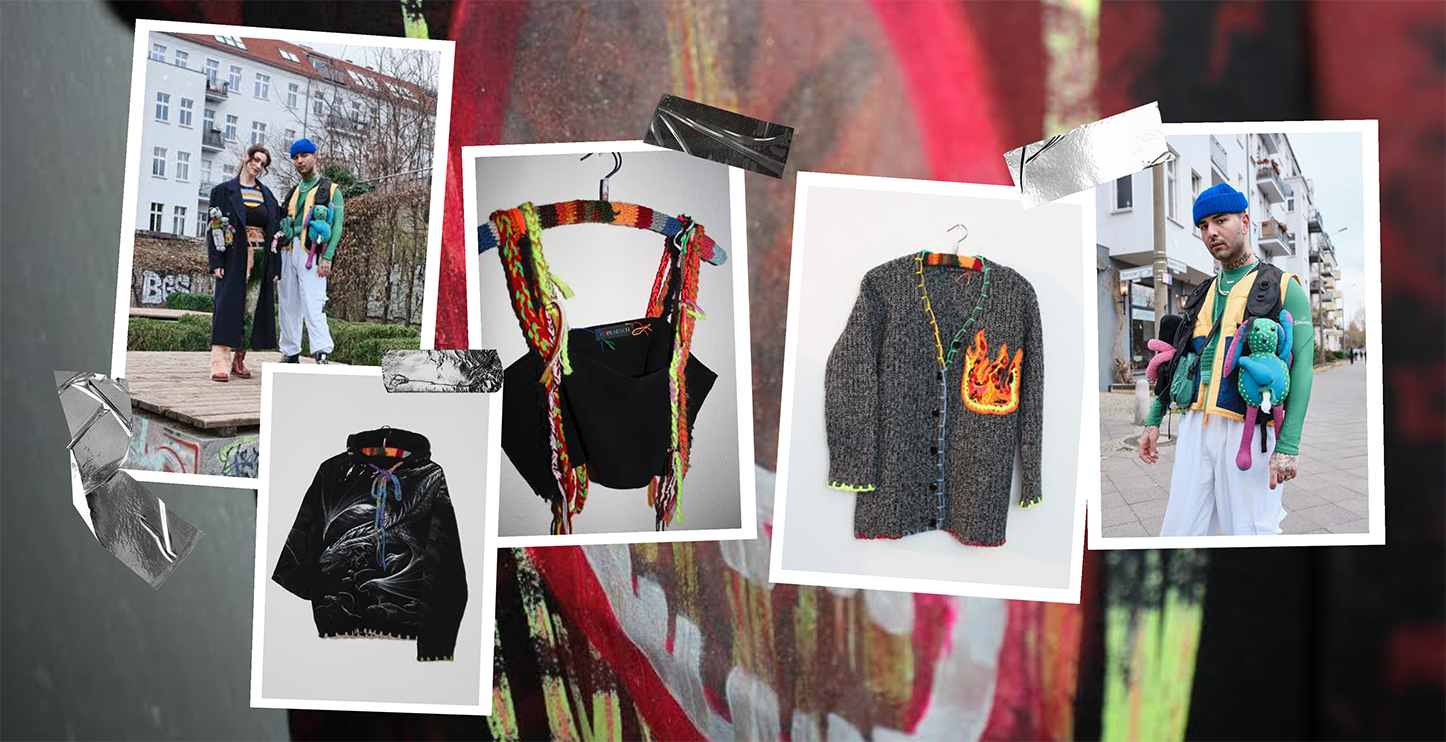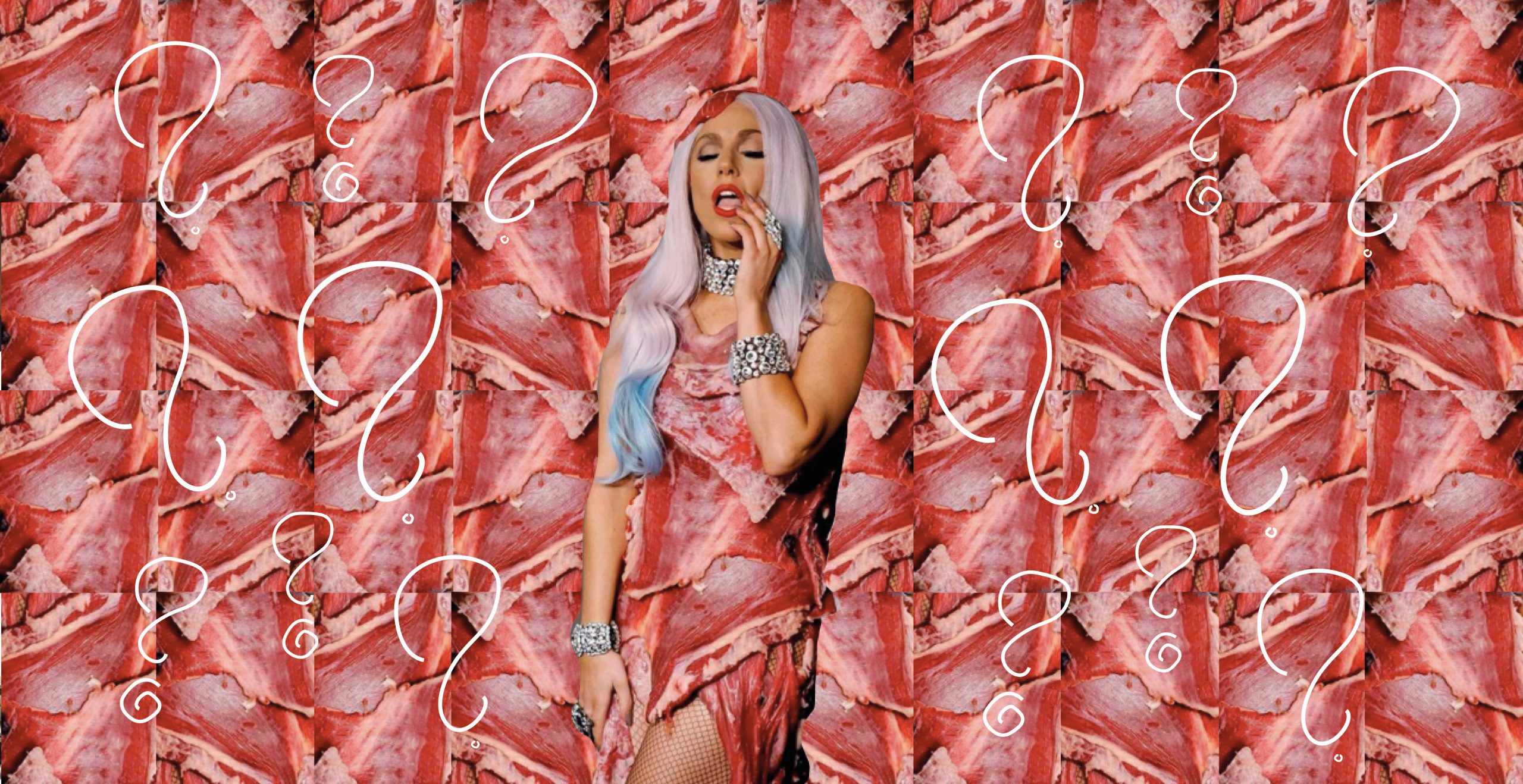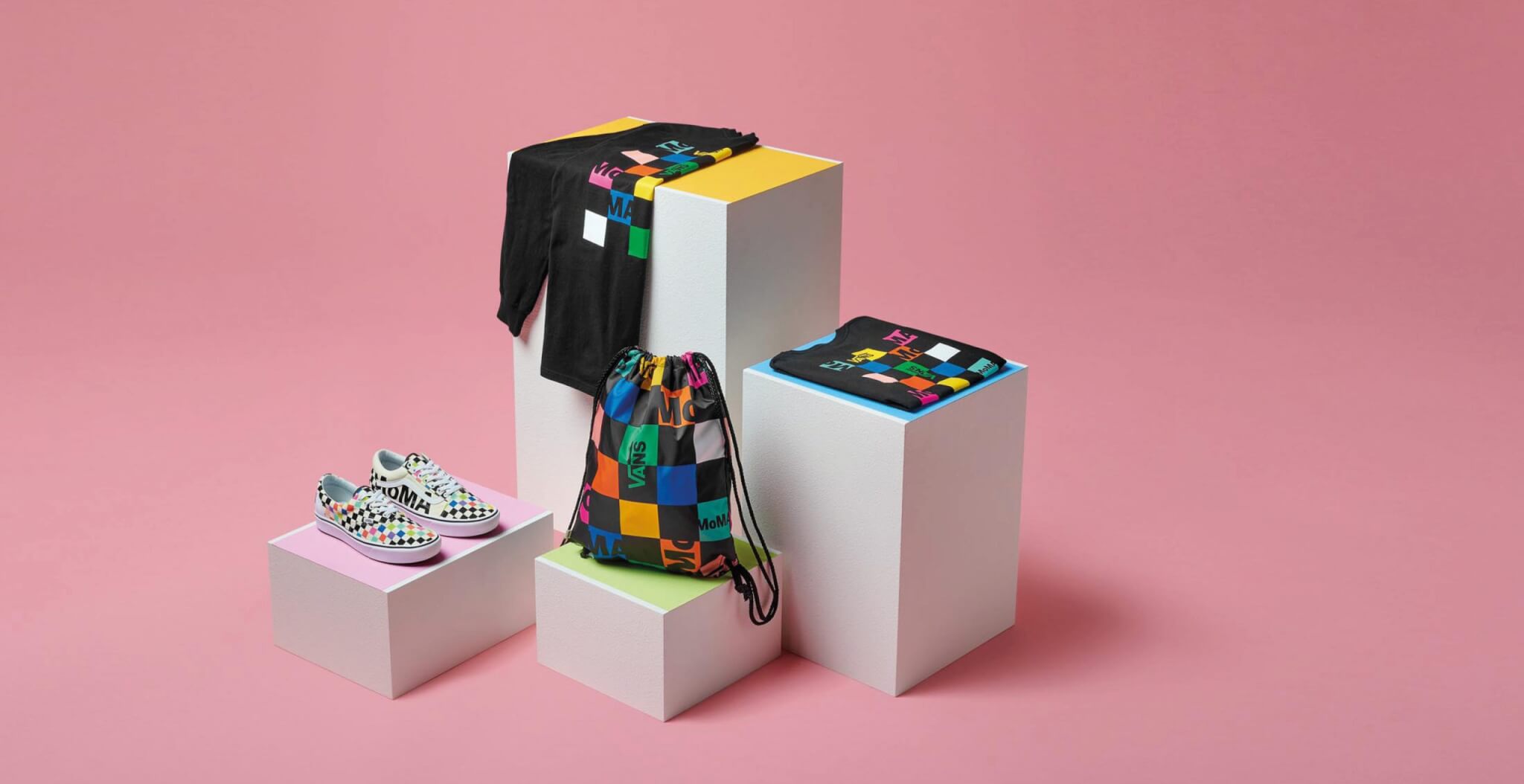What Is Sustainable Fashion: A Beginner’s Guide
In 2023, an increasing number of individuals are actively seeking ways to minimize their environmental impact and embrace sustainable lifestyles. Fashion, being a significant contributor to environmental issues and labor exploitation, has sparked numerous conversations. However, amidst the rise of greenwashing and misleading certifications, it’s crucial to understand the terminology and values associated with sustainable fashion. This article aims to equip you with the knowledge necessary to make informed decisions in a market filled with questionable claims and unfamiliar terms.
So what should we know to be able to make better decisions in a market that promises a whole set of values and procedures that are questionable or which terminology is unfamiliar to us? The initial premise to get acquainted with is that brands who advertise their offer as sustainable, ethical, green, eco and circular mean that they produce within planetary boundaries, in a way that their manufacturing models neither deplete natural resources nor exploit animals and communities, in an effort to ensure the wellbeing of animals and people throughout the production and supply chain. That’s in theory. In practice, this applies at different levels, especially as tools and procedures to measure and certificate efforts are still in the developing phase.
But besides business and production models, willingly or not consumers can empower sustainability with their choices, and that is not to say that choosing a brand over the other means being sustainable as nothing that involves production and consumption can ever be sustainable under our current living models. So here are some terms that will help you navigate the world of sustainable fashion with ease, departing from the next question:
Can you or a brand be sustainable? No. You or a brand can only be more sustainable or less environmentally friendly.
Ethical fashion: this term is used interchangeably with sustainable fashion, but it’s more concerned about what’s morally right. So, for instance, it takes into account living wages, working conditions and animal welfare.
An example of ethical fashion is Stella McCartney who ensures fair wages and animal welfare. Whilst reducing environmental impact by recycling polyester and organic cotton as quoted in a report by Good On You. Despite the positive reputation of the brand, some of these claims are still unclear.

Fairtrade: it mainly refers to the general movement of supporting producers and protecting workers’ rights and the environment. However, for a brand to claim they are fair trade, they need to be certified by an organisation.
Fair and ethical fashion can have labels that are misleading, while small brands often cannot afford certifications despite their actual efforts. It makes that the availability or lack of labels aren’t enough to speak of a brand’s effort. What can you do? Taking the time-consuming road of investigating that yourself.
Vegan: as you may know well, vegan fashion avoids processes and products involving animals. Many brands use plastic and other nonbiodegradable fibres to replace animal-based materials. This makes room for exciting material innovation. For instance, leather made with mushroom, pineapple or apple are heralds of the future of design, and an example is Rombaut shoes, whose aesthetics and innovation are at the centre of innovation in fashion.
Something that’s important to keep in mind is that vegan doesn’t translate to sustainable because alternative materials, such as faux fur, have a detrimental impact on the environment.
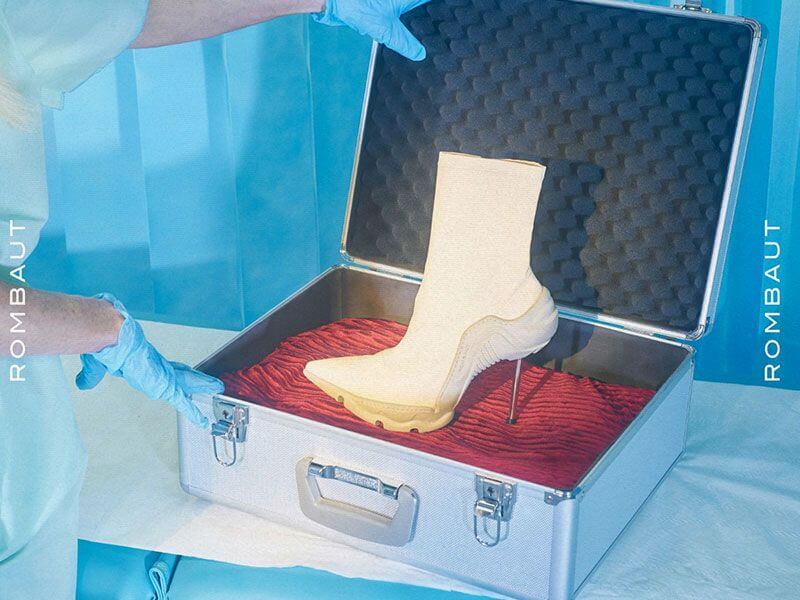
Cruelty-free: this is when products, often cosmetics, aren’t tested on animals. However, it doesn’t mean that they’re vegan as the materials can be sourced from animals. A great example is Lush.
Slow fashion: it has similar parallels with slow food, and it means it’s about buying better quality materials that can last longer and producing at a smaller scale.
But also, for consumers, it means sticking with what you have for as long as possible, and that means investing in good quality items, which is a tricky request in today’s fast-paced world of trends and mentality of more is more.
Circular fashion: this model truly aims to achieve sustainable living. It designs, from concept to delivery, a system that cancels pollution and wastes whilst ensuring the regeneration of natural systems.
Brands that follow this scheme, for instance, collect clothes from customers, offer repair shops, upcycle fabrics and provide detailed instructions on how to treat and discard pieces. Patagonia, for years if not decades, stick to this model.
Organic: it means fabrics are free of pesticide and it doesn’t necessarily mean is good for your skin. Fabrics can be dyed and treated with toxic chemicals. Just bear that in mind, organic doesn’t equal good.
Natural: natural doesn’t equal more eco-friendly. For instance, natural materials such as viscose, rayon and bamboo are eco-friendly depending on how they’re sourced and how they protect communities around these sources.
Biodegradable: materials break down at some point but some of them can take thousands of years until they fully decompose. Biodegradable garments can naturally decompose in the environment and reduce levels of pollution. You will find this label mostly in packaging.
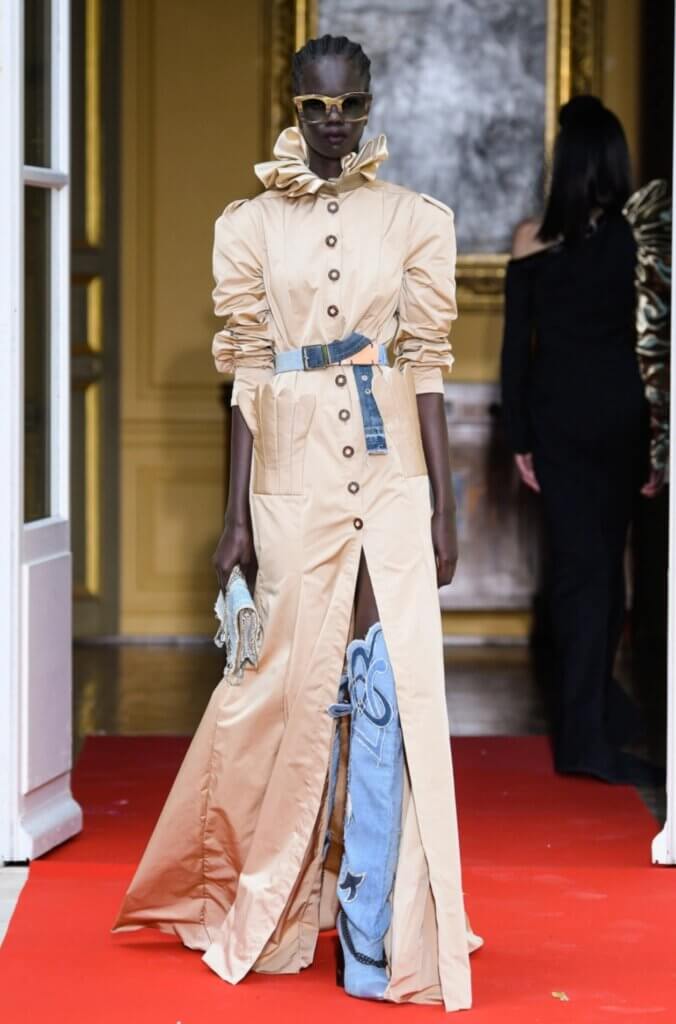
Recycling: in other words, and resonating with designer Ronald van Der Kemp, recycling is to convert trash into treasure, in his case, or into something with a new value, in most other cases. For instance, discarded clothes can make for an haute couture collection and plastic bottles can be turned into leggings.
Recycling, however, consumes tons of energy and the final products often have a shorter life.
Upcycling: this is like recycling but better quality. Upcycling processes use less energy and achieve more sophisticated items, especially in the cosmetics line.
Greenwashing: I’m not gonna point fingers but I’ll say it loud enough—H&M. Greenwashing is basically using marketing to portray their business as environmentally friendly in order to profit from this initiative when in fact their marketing efforts are far from meeting their claims.
Transparency: are they telling us the truth behind their actions? Look, this is about telling consumers whether they’re good or not and why.
Traceability: to make garments traceable is to be able to tell the journey of every component of a garment starting with their sourcing point. It basically allows forming knowledge around the provenience and treatment of a final piece. In other words, it’s intrinsically connected with transparency.
For instance, Vivienne Westwood is among the brands that demand suppliers to abide by their sustainability standards and FlexPLM, a traceability tool.
Local production: this a trendy label as brands claim they minimise loads of carbon footprint by cutting traveling distances. However, raw materials may be traveling long distances and local production may only indicate that the final production and assemblage are based nearby.
Carbon-neutral: it means the carbon emissions are offset with other efforts such as planting enough trees to absorb CO2 or investing in related projects. Again, at the moment this is hard to measure and perhaps no brand can ever be carbon-neutral at this point.
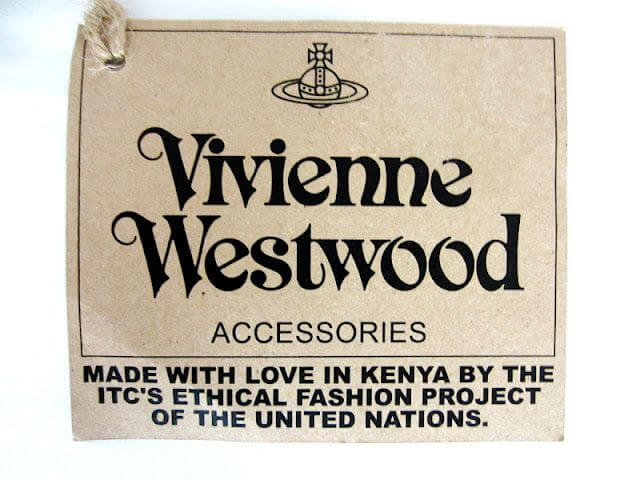
The most important to keep in mind is to think twice before shopping—reduce, reuse, recycle is an overused slogan that’s quickly becoming outdated as it doesn’t fully advocate for efforts to reduce environmental footprint.









